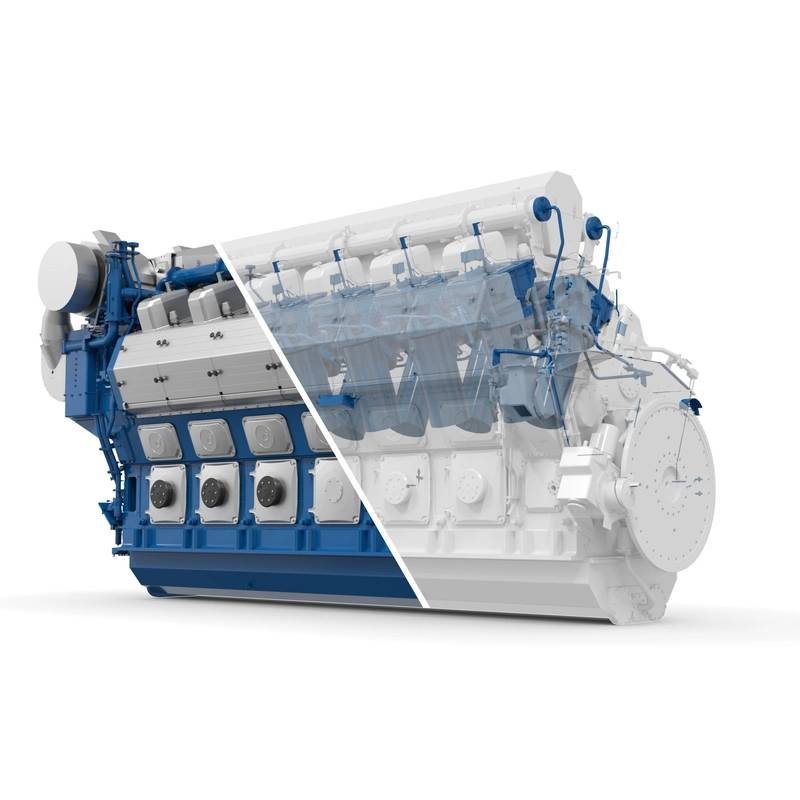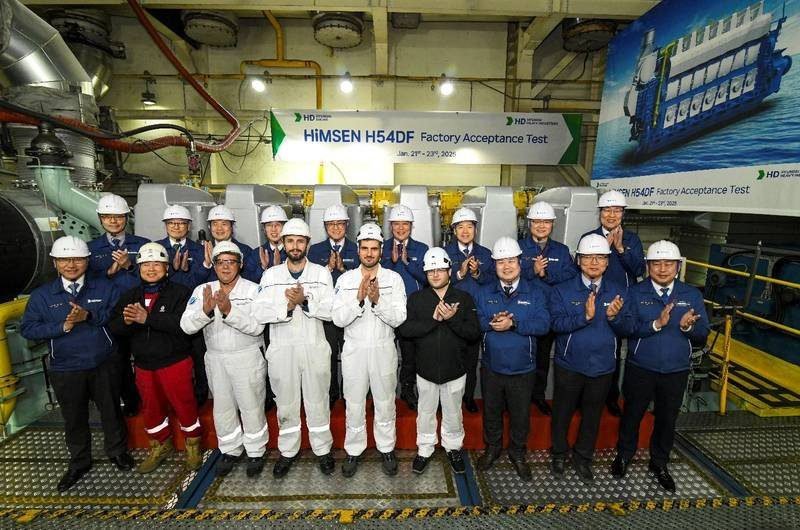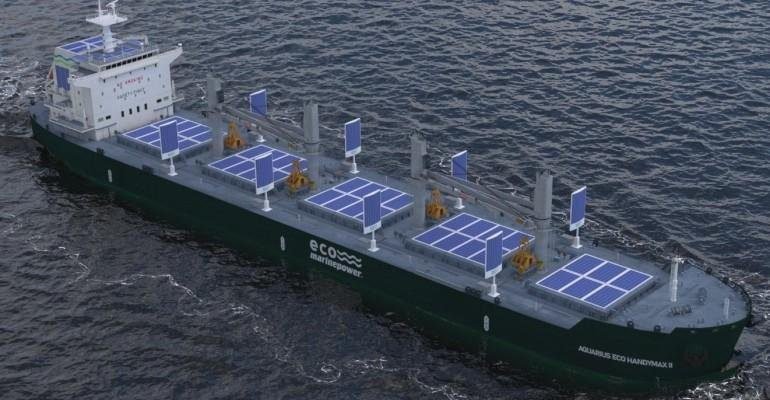The maritime industry is on the brink of a significant upgrade with the introduction of a dual-fuel engine that does not rely on hydrogen. Manufacturers have developed systems that utilize methanol, LNG, and other fuels specifically suited for tugboats. With thousands of tugboats operating worldwide, a carbon-free option for this segment of the maritime industry is eagerly anticipated.
Caterpillar Marine is leading the way with the testing of a dual-fuel methanol engine model called the 3500E, set for field tests in 2026. A partnership with Damen Shipyards Group will provide the necessary support and infrastructure for the trials. The new engine is a major step forward in emissions reduction, meeting IMO III standards and offering flexibility for tugboat operators to choose their fuel based on operating conditions.
The transition from IMO II to IMO III compliance is a significant achievement for Caterpillar Marine, as it helps reduce carbon emissions in the maritime industry. The new Cat 3500E dual-fuel models combine low-pressure systems with standard diesel systems, offering the same power output as the diesel version. By optimizing the engine for high methanol substitution rates, operators can reduce greenhouse gas emissions while maintaining performance levels. With trials set for 2026, Caterpillar is poised to make a substantial impact in the green fuel industry with its dual-fuel technology.










